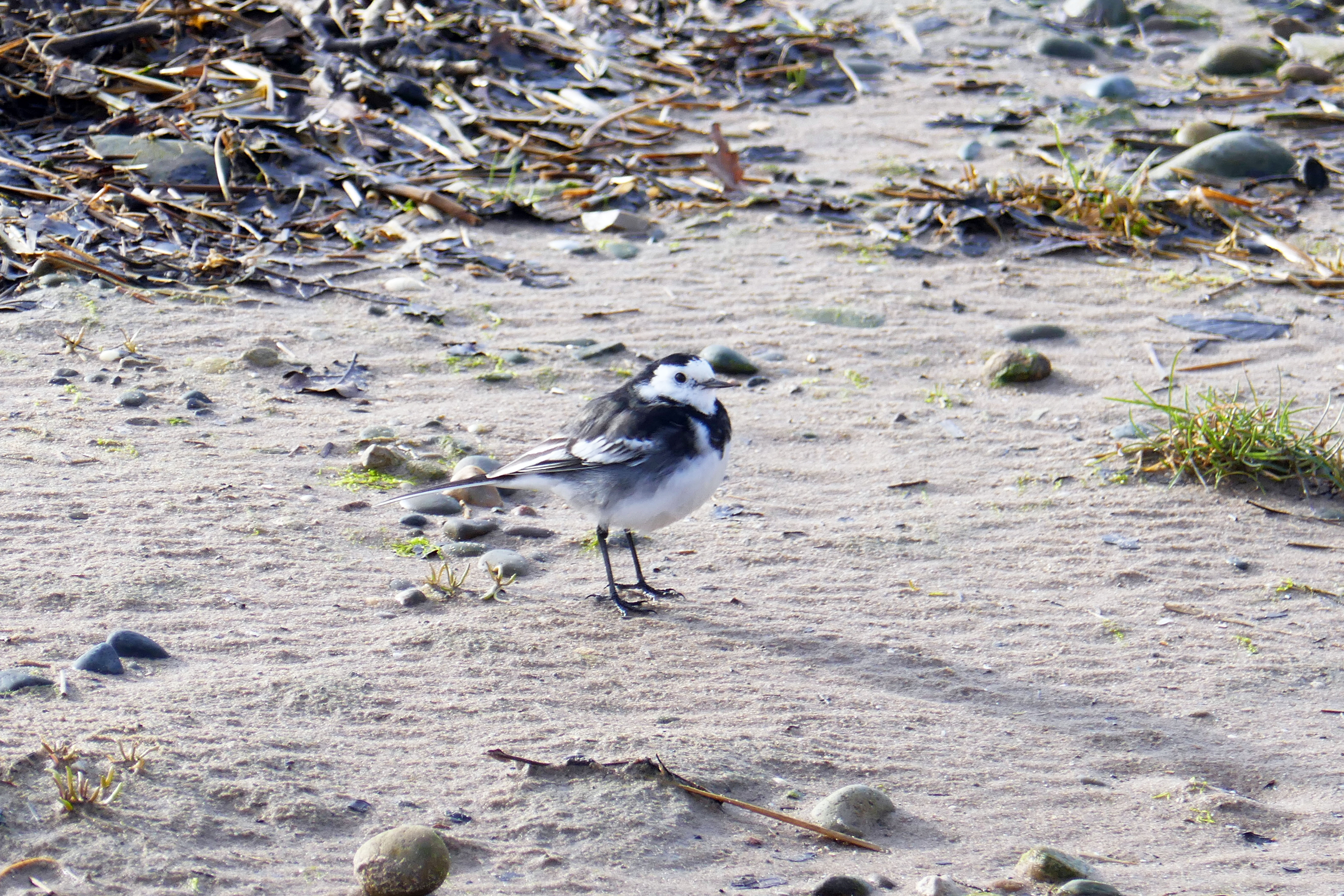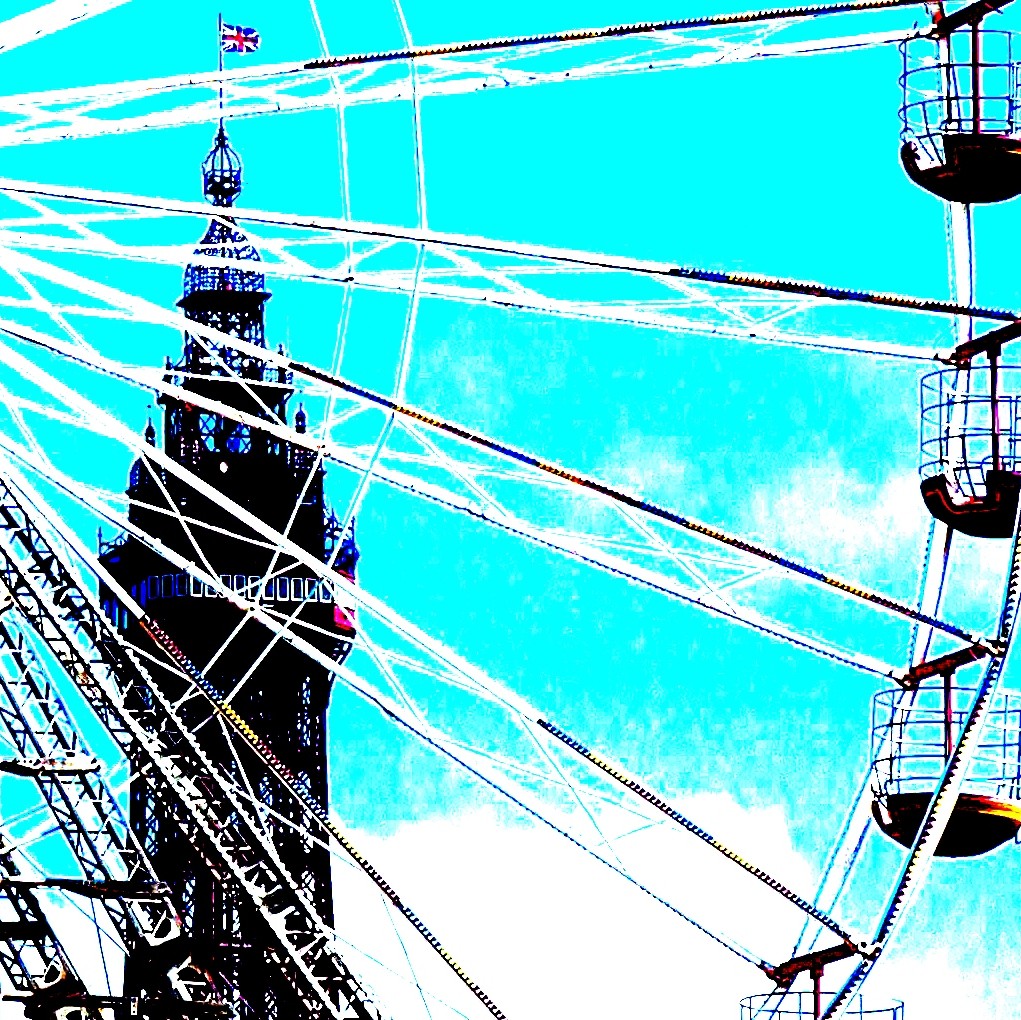Dune activity
There’s much flitting, chasing, squabbling and territorial activity going on in and around the beach and dunes by Fairhaven Lake. Reed buntings, stonechats, meadow pipits and linnets are all active in the dunes, scrub and saltmarsh. The saltmarsh has been flooded after extremely high spring tides, leaving behind debris full of seeds and insects for them to forage. But beware little birdies, there’s a male kestrel in stunning breeding plumage on the lookout for easy prey.

Flooded saltmarsh
Oystercatchers jostle for space on the almost submerged “lobster pot” – a redundant sewage outlet – and gulls grapple for a perch on a grounded tree trunk that we walked past the other day!


Stonechat
This little female stonechat hasn’t got a tail. A male with his eye on her doesn’t seem to mind.



Pied Wagtail
Waggling around searching for morsels.



Buntings
The solitary snow bunting is still here; reed buntings (2 male/1 female) survey the soggy scene.


Fairhaven Lake
Lakeside residents always ready for a snapshot.


Receding tide
The receding tide exposes the saltmarsh leaving behind brackish pools – watery larders for herons, little egrets, redshanks, shelducks, snipes and curlews. Snapshot opportunities for another day – if you’re lucky!


































































